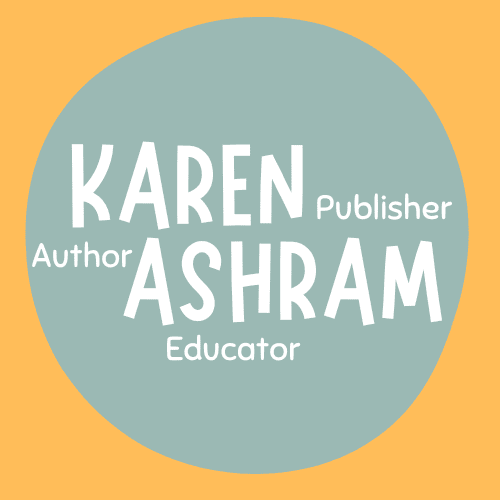Realizing from the beginning that I would like to have my book published in hardcover, and also considering the option available to me to step into the bookstore industry, I searched for the various types of criteria I needed to be aware of, relative to my own specific needs. Here are a few examples of things to consider:
Decide on the trim size of your finished book. For example, it’s important to note that if you would like to self-publish your book with the goal of getting it into bookstores, you will need to choose the industrial trim size.
Pretty much each self-publishing company can tell you what trim sizes are available to you, and what they deem to be an industrial size. It took me a while to decide, and in the process I found myself going to the library as well as bookstores to get a close-up look at what I, too, hoped to accomplish. Please note that the 8.5 inch by 8.5 inch size is an industrial trim size, but unfortunately printers don’t print the book according to that particular hardcover book size specification.
I know some bookstores request that the title of any given book, as well as the author’s name, appear on the spine. However, the self-publishing companies that I am working with can’t provide this. The information about the title can only be printed on a certain number of pages.
As a practical matter, to have my book available in hardcover, I needed a “layout imposition” calling for at least 24 pages. This requirement in turn made me think how to paginate my story-that is, place editorial content and illustrations/artwork onto specific pages-and I also had to decide what quantity of text would fall on each page in order to come up with the minimum of 24 total pages.


